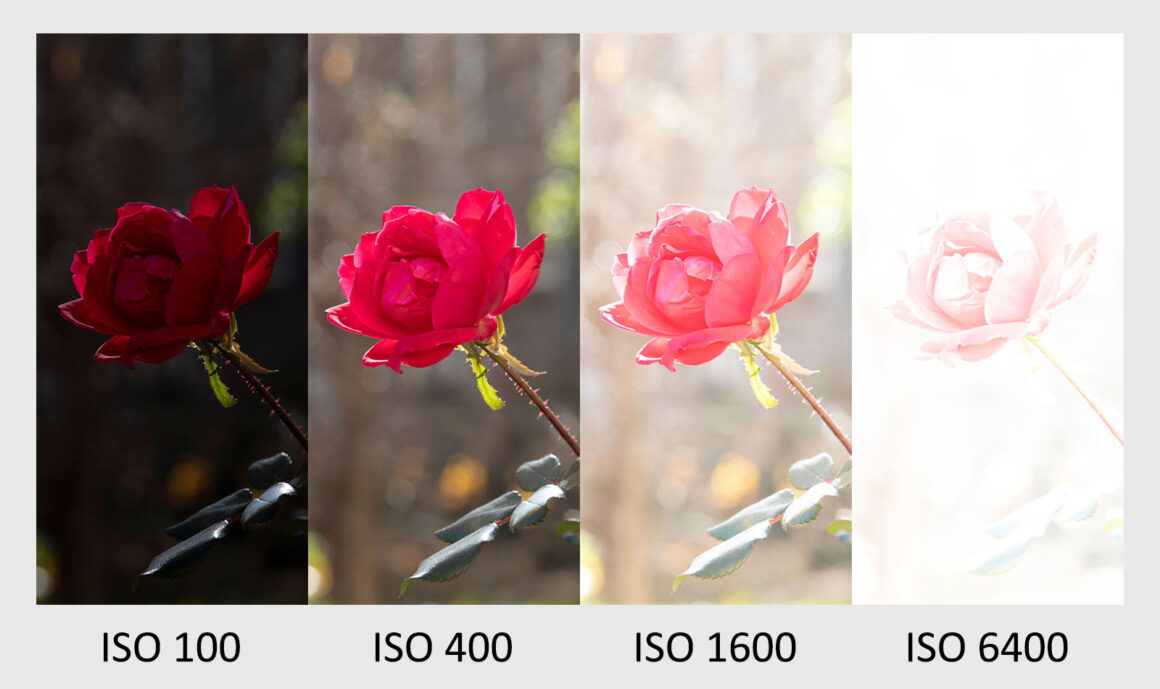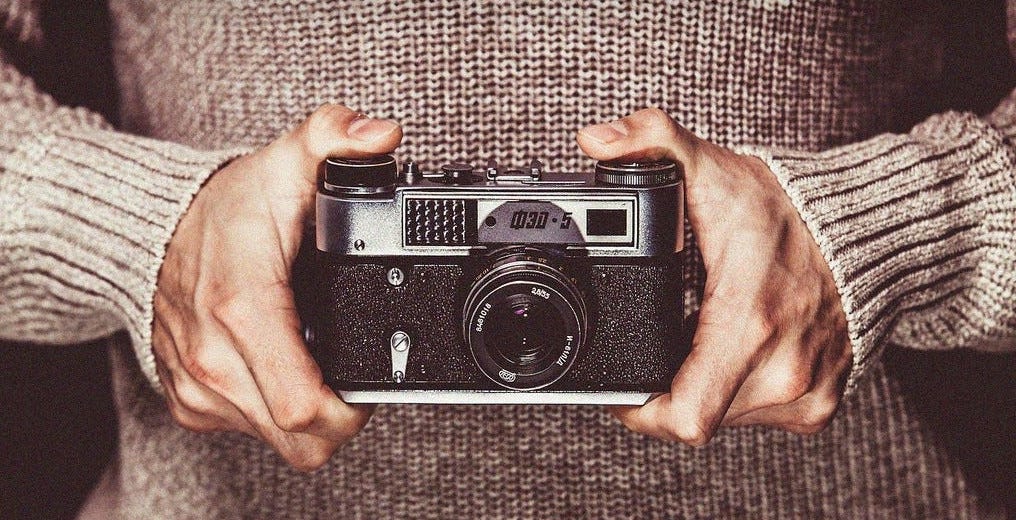Nowadays, when technology is developing rapidly, interest in analog and vintage photography is increasing. This type of photography offers a natural and intimate alternative to the perfection of the digital age.
Photographs taken with analog cameras have their own unique character, with every error and uncertainty. Stains, chromatic aberrations and blurs on the film add emotion and depth to the photograph.
Vintage photography is not only a way of longing for the past, but also a way of appreciating memories. Analog film brings the texture and aesthetics of time to photographs, providing a unique experience with every shot.
This approach allows us to move away from the search for perfection and feel the human spirit and the reality of memories more closely in each frame.
In short, analog and vintage photography has its own beauty, both technically and emotionally. Exploring and embracing this aesthetic is one of the best ways to delve deeper into photography and see the beauty of mistakes.
Film Photography Basics: Understanding Film Types, ISO, and Exposure
Getting into film photography requires learning many new concepts. Understanding these basics can help you take effective and creative photos.
Film Types: The main types of film used in analog cameras are color negative, black-and-white negative and color positive (slide) film. Color negative films are widely used with their flexible color ranges and wide tonal gamut, while black-and-white films offer a classic aesthetic. Color positive films, on the other hand, provide vivid and sharp colors, but require more careful exposure.
ISO: ISO determines the film’s sensitivity to light. Low ISO (e.g. ISO 100) is preferred in bright environments and detailed shots, while high ISO (e.g. ISO 800 or above) is used in low light conditions. However, higher ISOs can often create more grainy images.
Exposure: Exposure controls the time and amount the film is exposed to light. It has three main components: shutter speed, aperture and ISO value. Shutter speed freezes moving objects or blurs motion, while aperture determines the depth and amount of light in the photo. Together, these three elements help ensure correct exposure in every shot.
By understanding the basics of film photography, you can achieve creative and effective results with every shot. Using this information, you can improve the quality of your photos and better discover the magic of analog photography.
Classic Cameras: Exploring Iconic Film Cameras and Their Characteristics
Classic film cameras are tools that captured important moments in the history of photography. With each having its own unique design and technical features, the sophistication of the technology is limited. Here are some iconic film cameras and their characteristic features:
Leica M3: Introduced in 1954, the Leica M3 shoots 35mm film and is known for its famous optical sight finder (viewfinder). Registered for precision and durability, this camera offers clear imaging and excellent build quality.
Nikon F: Launched in 1959, Nikon F is one of the pioneers of SLR (single lens reflex) technology. Its modular structure and wide accessory compatibility have made it popular among professional photographers. It is also known for its durable construction and reliable performance.
Canon AE-1: Introduced in 1976, the Canon AE-1 was among the first cameras to offer automatic exposure control. This feature has enabled photographers to obtain results more easily. The user-friendly design makes it a little added for amateur and professional photographers.
Pentax K1000: Released in 1976, the Pentax K1000 is an ideal camera for basic SLR photography. A simple and durable design has made it a frequently preferred model in photography education. It’s the perfect starter tool for those who want to get into analog photography.
These classic cameras laid the foundations of modern photography, with their unique features and aesthetics that shed light on their history. One of these iconic devices represents an important place in the history of technology.
The Art of Film Development: From Darkroom Techniques to Lab Processing
Film development is an important stage of photography and involves both darkroom techniques and laboratory processes. This process allows the images on the film to emerge, and each stage has a huge impact on the final result.
Darkroom Techniques: Developing film in the darkroom provides greater control and a personal touch. This process involves bathing strips of film in chemical solutions and then printing the images onto paper.
At this stage, factors such as exposure time, chemical mixtures and bath times determine the quality of the final image. Darkroom processes offer photographers creative freedom and allow them to achieve detailed results.
Laboratory Processes: Today, many photographers prefer to have their film development processes done in professional laboratories. Laboratories process the film strips on automated machines and ensure high-quality results.
These processes are generally faster and more consistent, but the opportunity for personal intervention is limited. In laboratories, the films are processed with appropriate chemicals and the images are transferred to the computer by offering digital scanning options.
Both methods are important parts of the film development process and each offers unique advantages. Darkroom techniques allow you to express your creativity, while laboratory processes deliver fast and high-quality results. Whichever method you choose, the art of film development allows you to experience the magic of photography every step of the way.
Analog Aesthetics: Embracing Grain, Light Leaks, and Imperfections
Analog photography offers a unique aesthetic beyond digital perfection. Grain, light leaks, and other imperfections add character and depth to film photos, distinguishing them from ordinary digital images.
Grain: The grain seen on the film becomes especially evident at high ISO values. This grainy texture gives photos a nostalgic feel, and for some photographers, this grain reflects the originality and realism of film photographs.
Light Leaks: In film photography, colored flares and scattering that occur as a result of light accidentally leaking onto the film surface add a surprising aesthetic to the images. These light leaks add a creative and artistic touch, making each photo unique.
Flaws: Film photography comes with some technical errors and imperfections; These can sometimes be unwanted stains or scratches. But these imperfections add real character and history to photos, making them more personal and intimate.
Analog photography embraces imperfections and natural distortions, giving your photos a unique aesthetic. Grain, light leaks, and other imperfections make each frame a work of art and deliver a real, emotional experience that’s far from digital perfection.
Vintage Lens Magic: Achieving Unique Effects with Old Glass
Vintage lenses offer photographers a different perspective than modern lenses, and each has its own fascinating features. These old glasses add a unique aesthetic to your photographs, thanks to the patina and optical characteristics acquired over time.
Soft Focus: Many older lenses can slightly soften images, unlike modern lenses. This feature creates a romantic atmosphere in portraits or vintage photos and provides an eye-catching, soft background effect.
Bokeh Effect: Vintage lenses often offer distinctive bokeh effects. The circular light points can come in different colors and patterns. This gives your photos depth and an artistic touch.
Lens Flare: Older lenses are more sensitive to light sources, which can cause lens flare effects. This flare adds a dynamic and dramatic atmosphere to the image.
Warm Color Tones: Many vintage lenses are characterized by warm color tones and slight chromatic aberration. This gives your photos a nostalgic atmosphere and reflects the warmth of bygone times.
In addition to giving your photos a unique aesthetic, vintage lenses bring an artistic touch to your photography. By discovering the magic of vintage glasses, you can create impressive images that contain history and character in every frame.
See you in the next post,
Anil UZUN

